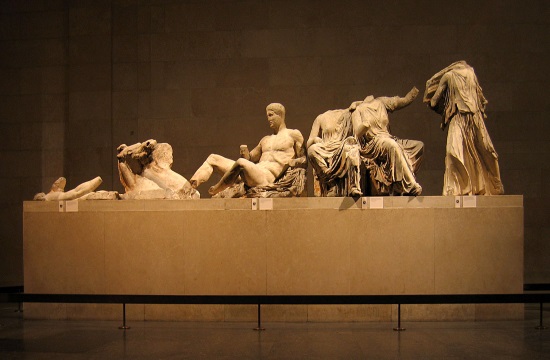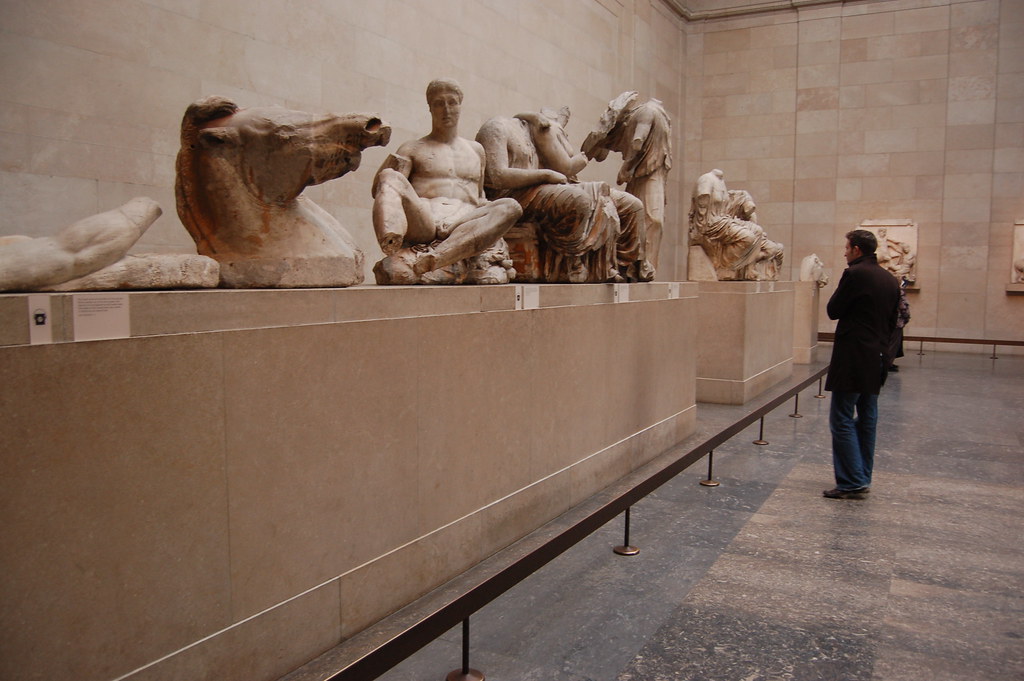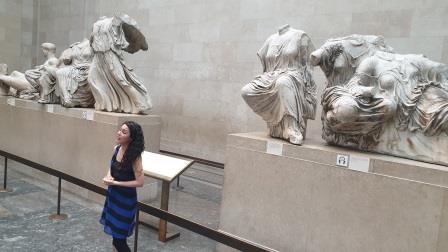By anastasia kaliabakos in the aftermath of brexit a debate has arisen over whether britain should return artifacts that had been unlawfully removed from their countries of origin.
Britain destroys elgin marbles cleaning.
The reoprt on the incident submitted by the standing committee to sir john fosdyke on 14 january 1939 is due to be made public this year.
In order to fully understand.
Elgin was heavily interested in greek history and claimed he had the permission of the ottomans the people ruling athens during his service to gather his collection.
The marbles which are around 2 430 years old were brought to britain by lord elgin in 1801.
By then the artefacts in question had been removed from the british museum and were stored in a tunnel of the disused aldwych tube station.
There was further controversy over the cleaning of the marbles in 1983 when the british museum was accused of speeding up the process of decay by coating the caryatid with a supposedly protective plastic film.
The marbles question was raised in the correspondence column of the times by henry hamilton fyfe author and former newspaper editor on 12 december 1940.
The other was the elgin marbles.
Greece yesterday disclosed dramatic new evidence of the irreparable damage allegedly inflicted on the priceless elgin marbles during the british museum s 183 year stewardship of them.
Lord byron and many others attacked elgin s actions in print.
A select committee of parliament was established to examine the sculpture and the possibility of acquiring it for britain.
One specific case that many people feel strongly about are the elgin marbles which are remnants of the parthenon from ancient greece.
In 1810 elgin published a defense of his actions that silenced most of his detractors.
After acquiring the marbles he transported them to britain although one shipment sank during transit.
Some people believe he looted them from the parthenon in athens later selling them to the british.
It was fully recovered.
The parthenon marbles greek.
The elgin marbles a collection of stone sculptures and inscriptions more properly known as the parthenon sculptures was acquired by lord elgin in athens greece between 1801 and 1805 and today lives in london s british museum.
One was the island of cyprus with its majority greek population.
They were originally part of the temple of the parthenon and other buildings on the acropolis of athens.
γλυπτά του παρθενώνα also known as the elgin marbles ˈ ɛ l ɡ ɪ n are a collection of classical greek marble sculptures made under the supervision of the architect and sculptor phidias and his assistants.










